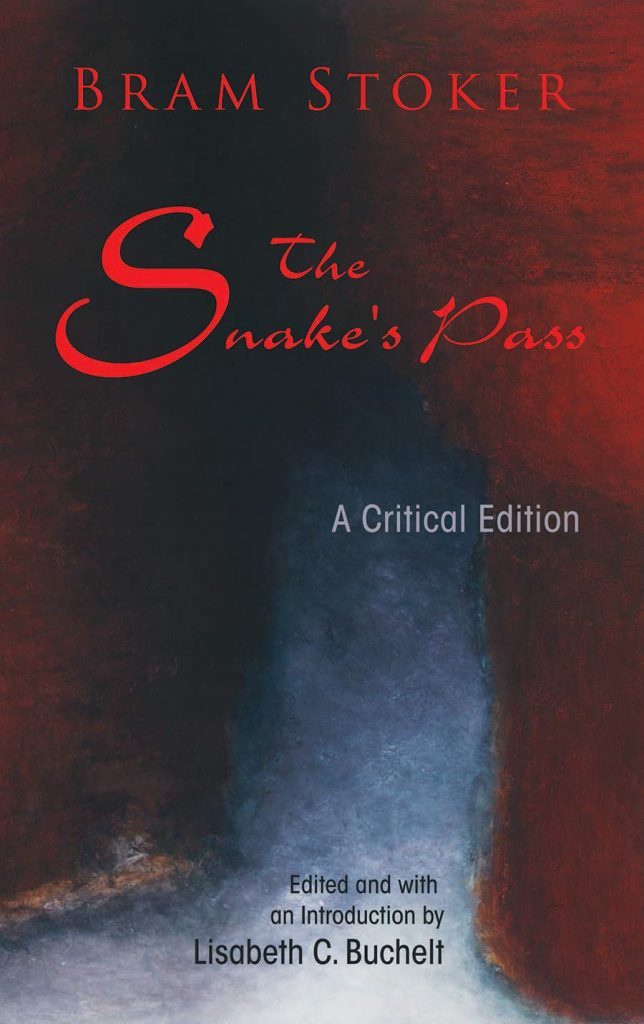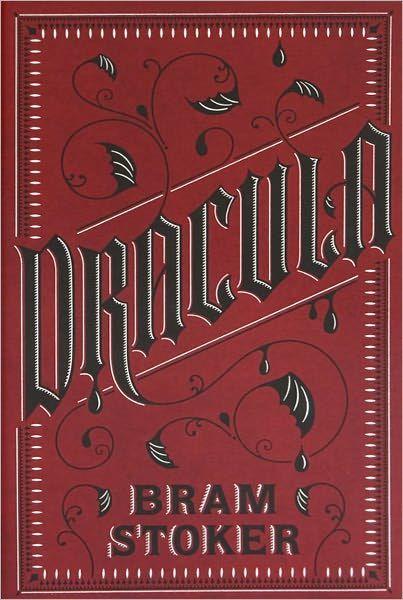For fans of Bram Stoker, it’s no surprise that he wrote more than his infamous novel Dracula (1987); credited for being the major influence on popular vampire culture, Stoker was a master of Gothic horror. While not critically acclaimed in his day–even H.P. Lovecraft had critical words for some of his literature–Stoker was a successful author and did great work within the genre.
Leaving a Mark With Short Fiction
Authors like Bram Stoker had much more potential for short fiction works than they did in novel-length literature, at least in the opinion of this writer. While it’s true that Stoker is considered a master of the Gothic horror genre, his short stories were captivating and less drawn out. Below is a selection of just a couple of his short stories that are available on YouTube for public consumption.
Dracula’s Guest
This short story is an offshoot of Stoker’s famous novel, Dracula and proves to be an interesting side-plot of the story of our favorite evil blood-sucking fiend. Have a listen to this short story as it is narrated in a proper spooky fashion!
The Judge’s House
This classic ghost story as told by Bram Stoker is definitely one that people need to hear read aloud–listen here and enjoy!
Horror Novels by Bram Stoker

The Snake’s Pass (1890)
Bram Stoker’s first full-length novel, The Snake’s Pass, is a story about Englishman Arthur Severn who inherits wealth and a title from an aunt who chose him as her heir, much to the chagrin of closer relations. What he inherits, is essentially the ability to become an adventurer and he seizes this opportunity as a man of leisure to tour western Ireland. A storm forces him to stop for the night in a mysterious village where Arthur hears the legend of “The Snake’s Pass,” which alludes to a hidden treasure hidden in the boggy hills near the village. This deadly bog, hidden treasure, and a sinister man from the village proved to give Arthur the adventure he sought after.
A free version of this public domain book is available on the Official Bram Stoker Website.

Dracula (1897)
By far the most famous of Stoker’s literary works, Dracula became the foremost authority on vampires within fiction. Where introduced to Jonathan Harker a solicitor from England who is sent to Transylvania to assist Count Dracula with who has a need for legal assistance regarding real estate. Dracula’s ultimate plan, of course, is to spread the curse of vampirism as much as possible while supplying himself with a fresh source of blood. Through the course of the book, we see the malignant plans of Dracula come to fruition and are introduced to Abraham Van Helsing, a character that would become part of modern folklore of vampires.
A free version of this public domain book is available on the Official Bram Stoker Website.

The Mystery of the Sea (1902)
The Mystery of the Sea tells the story of an Englishman living in Aberdeenshire, Scotland–he falls in love with an American heiress who has a special interest in the Spanish-American war. Over the course of the novel, we see elements of the supernatural with instances of second sight, and other thrilling aspects such as kidnapping, and cryptic codes. More of a political thriller than any of his other novels, the story explored themes important during his own time, such as the changing concepts of womanhood, and the uprising of feminism.
A free version of this public domain book is available on the Official Bram Stoker Website.

The Jewel of Seven Stars (1903)
Written in a first-person narrative, we follow a young man by the name of Malcom Ross, a barrister. Summoned by Margaret, the daughter of a famous Egyptologist with whom he is enamored, to find that he had been called due to the strange sounds that were heard from her father’s room. When Margaret went to check on her father, she found he was bloodied and unconscious–as if in some type of trance–along with cryptic instructions to watch him, in case of his incapacitation, until he awoke.
A free version of this public domain book is available on the Official Bram Stoker Website.

The Man (1905)
Strangely, for a book entitled The Man, this story is initially about a tomboy named Stephen (at the behest of her mother who died shortly after childbirth). Stephen grows to be an assertive, free-thinking child and becomes friends with Harold, the son of a friend of her father. After her father’s friend passes away, Harold becomes a ward of Stephen’s father. She and Harold pass the time visiting her family’s graveyard. After reaching adulthood romantic storylines enter into play, causing characters to suddenly disperse and then later and unexpectedly come together unwittingly. This tale is wrought with death and romance, key components to gothic horror, and Bram wrote it fantastically.
A free version of this public domain book is available on the Official Bram Stoker Website.

The Lady of the Shroud (1909)
An epistolary novel, narrated primarily by the central character Rupert Saint Leger, the black sheep of his family. Rupert finds out that he is his uncle’s choice to inherit a large million-pound estate, under the condition that he lives in the castle of the Blue Mountains for a year before he can claim his fortune. Needless to say, this is his uncle’s way of testing him, to find if he can truly be worthy of such a grand fortune–little does Rupert know what awaits him in the castle of the Blue Mountains and how completely his life will change.
A free version of this public domain book is available on the Official Bram Stoker Website.

The Lair of the White Worm (1911)
Based loosely upon the tale of The Lambton Worm, Stoker gave us a horror story based upon a giant white worm who has the ability to transform into a woman. The story revolves around the Australian-born Adam Salton, who receives word from an estranged uncle who wishes to make Adam his heir.
A free version of this public domain book is available on the Official Bram Stoker Website.
Bram Stoker’s twelfth and final novel before his death, The Lair of the White Worm (2011) is also sometimes titled as The Garden of Evil. Along with Dracula and The Jewel of Seven Stars, The Lair of the White Worm was actually one of Stoker’s most successful novels, which is interesting because the reception by the literary community was not entirely favorable. In 1988 it was adapted into a horror film, which starred Hugh Grant and Amanda Donohoe.

Georgia-based author and artist, Mary has been a horror aficionado since the mid-2000s. Originally a hobby artist and writer, she found her niche in the horror industry in late 2019 and hasn’t looked back since. Mary’s evolution into a horror expert allowed her to express herself truly for the first time in her life. Now, she prides herself on indulging in the stuff of nightmares.
Mary also moonlights as a content creator across multiple social media platforms—breaking down horror tropes on YouTube, as well as playing horror games and broadcasting live digital art sessions on Twitch.
